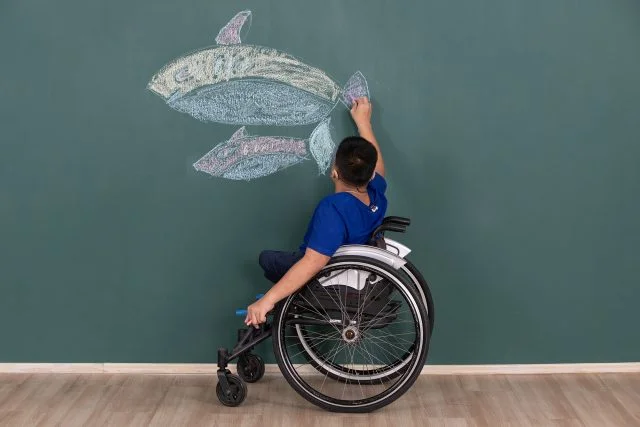Tag: Supplemental Security Income

During the pandemic, the U.S. Social Security Administration leaned into providing more services and processing applications online. But that has furthered the agency’s disconnect with Native Americans living miles from its field offices in rural areas with poor internet access. That’s one conclusion from a new study of the agency’s effectiveness in reaching Native American…

Some 300,000 men in their 50s and early 60s were receiving federal disability benefits in 2016 as a direct result of a past surge in incarceration, according to new research. The number of American men in federal or state prisons peaked at 1.5 million in 2010. That surge, which continues to affect the disability program…











